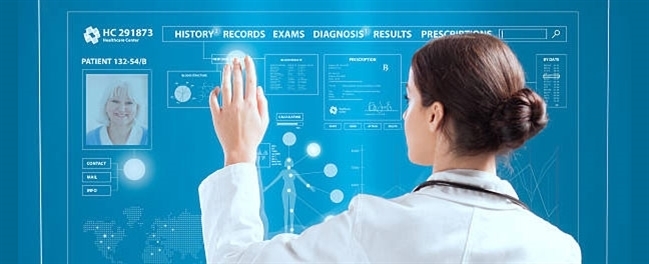
IoT (Internet of Things) is a communication network where intelligent objects may communicate with each other and with other systems.
Hospitals are among the places where IoT is used most frequently. Patients, attendants, visitors, diseases, drugs, medical equipment and any kind of object that you can think of can be monitored live with the help of IoT and can generate alarms in case of emergency.
Systems Installed By Us in Hospitals and Health Institutions »
The system can be used for the prevention of the use of expensive devices such as x-ray, MR, etc. by unqualified individuals or stop working if unqualified individuals approach these devices. It can ensure patients move only where they are allowed, otherwise warnings can be issued for them. Any patient can ask for help by pressing the emergency button while moving around the hospital. Nurses can access patients in the fastest way based on the indoor navigation information transmitted to them. It can instantly count the people at the assembly points in case of disasters such as earthquake, fire, flood etc. It can report where people are trapped inside.
Buildings of the Future Will Not Only Be Smart, But Also Artificially Intelligent
The system can send notification in case of liquid contact with the places that liquid should not contact. Much equipment such as forklift, stretcher, trolley, defibrillator, caregiver, oxygen cylinder etc. can be monitored. The employees of subcontractors may be prevented from accessing the places beyond their authorization. It can be used as a Guard Tour system. The temperature and vibrations of some devices can be monitored while they are operating, so that if the device stops, an alarm can be transmitted to the center, or if it operates with more vibration than it should, technical departments can be warned against the possibility of breakdown or overloading. The process can be monitored, and the system can give a warning when any personnel leaves his/her working area in the cases that he/she is not allowed to leave. Visitors can be monitored and alerted when they go to the places other than the rooms of their own patients. In adverse situations, the system transmits automatic warnings to the relevant units and allows some doors to be locked or unlocked quickly. All inventory items in the hospital can be recorded and automatically reduced from the inventory at warehouse exits.
Intelligent Building and Cross Automation Between Systems
One of the biggest problems in hospitals is that we fail to find the place that we want to go. Through sufficient use of readers, you can view your location and your destination in real time on the hospital map like Google Maps, and select your destination and start a navigation application.
Imagine that IoT sensors that our bodies cannot be harmed by are placed inside our organs such as stomach, intestines and lungs, and our data is regularly recorded in cloud applications through readers. The IoT devices, by which patients are continuously monitored with internal and external IoT devices, and the dosages of drugs that are approved by the doctor assessing such monitoring, are automatically administered, will definitely enter the sector soon.